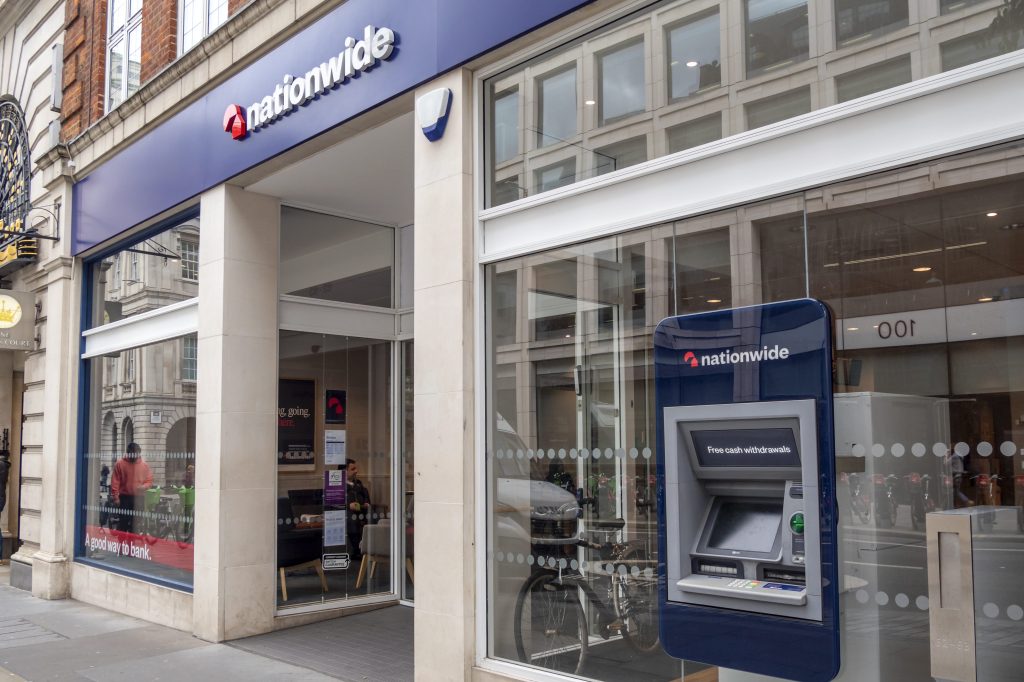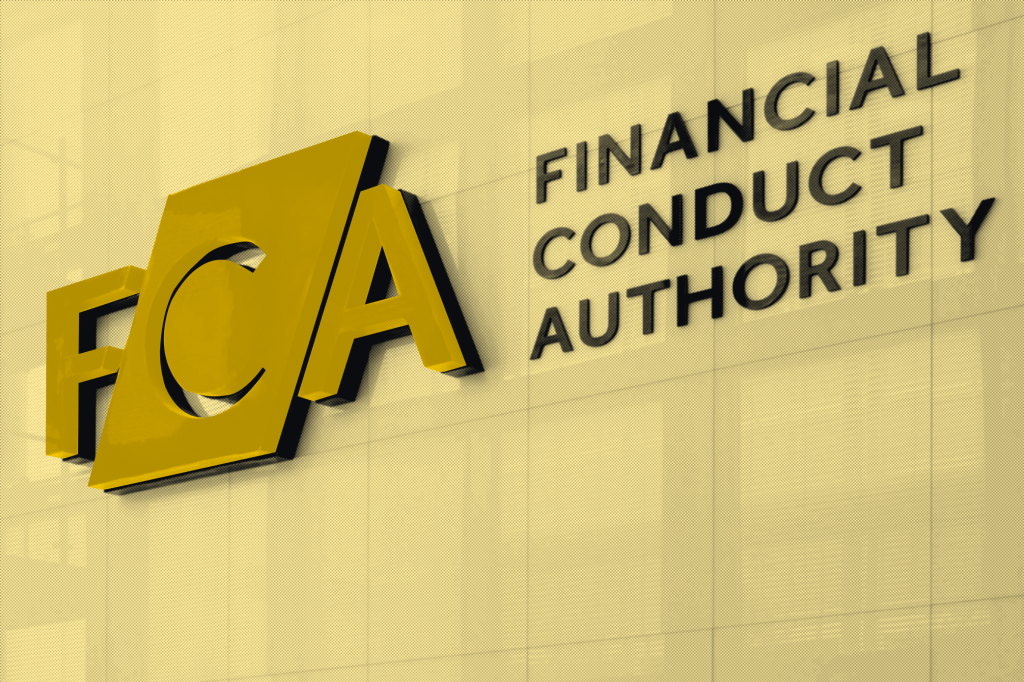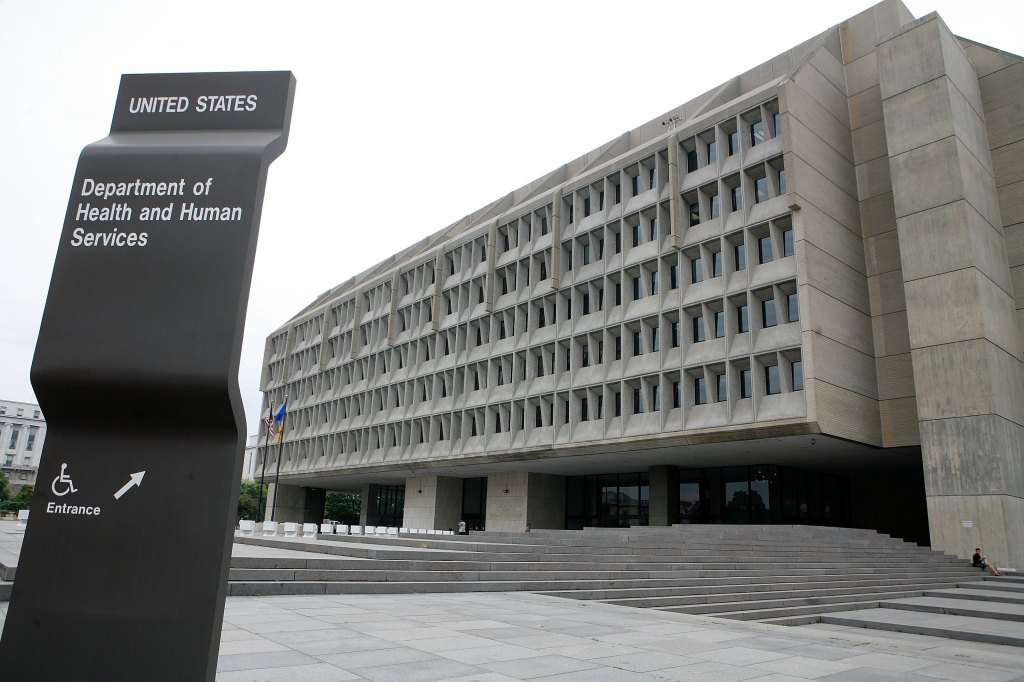Ransomware attacks cost the global financial industry over $32.3bn in downtime losses alone between 2018 and June 2023, according to a new report by Comparitech. Since 2018, 225 financial organizations were confirmed to have been hit by a ransomware attack. Insurance companies suffered the greatest number of attacks, with 65 confirmed in the period.
Most
Register for free to keep reading.
To continue reading this article and unlock full access to GRIP, register now. You’ll enjoy free access to all content until our subscription service launches in early 2026.
- Unlimited access to industry insights
- Stay on top of key rules and regulatory changes with our Rules Navigator
- Ad-free experience with no distractions
- Regular podcasts from trusted external experts
- Fresh compliance and regulatory content every day













